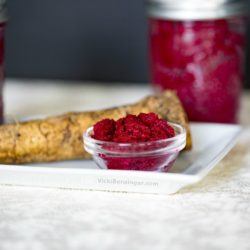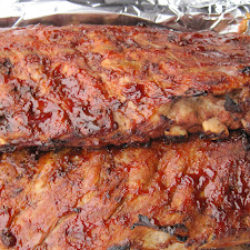Which Olive Oil to Use?
Many of my friends and customers ask me about Olive Oil. They don’t know the difference between the various types. Which ones to use in their salad dressings, which ones to cook with and not to cook with and how to store it. So I thought I would devote this blog to sharing with you some facts and tidbits about Olive Oil.
Olive oil adds vibrant flavors and textures to foods and is high in healthy monounsaturated fats along with antioxidants.
Olives are the fruit of the olive tree. Soon after being picked they’re cleaned in a water bath. The olives are then crushed.
The best quality olive oils are obtained from the first pressing of the olives and are “cold pressed.” This means they’re not heated during the pressing process. Heating produces larger amounts of oil, but decreases important flavor and healthy compounds, including flavenols and polyphenols, unique to extra-virgin olive oil.
There are several different grades of olive oil based upon taste, acidity level and processing method. The main types of olive oils starting from the highest quality are:
Extra Virgin – Highest quality oil, made from the first pressing with no heat or chemicals (unrefined). It is considered the finest and fruitiest of the olive oils and is the most expensive. Extra-virgin ranges in color from champagne to bright green. The deeper the color the more intense the olive flavor.
Virgin – Lacks perfect taste of extra-virgin but isn’t refined. It has a GOOD taste.
Olive – Blend of virgin and refined (chemically treated) oils. Lacks flavor.
Lite – The word “lite” means the oil has been refined, NOT lower in fat or calories. It is lighter in both color and fragrance, and has little of the classic olive oil flavor, making it perfect for baking and cooking. Plus the filtration system of this light oil gives it a higher smoke point making it more desirable for high heat frying. Whereas regular olive oil is better suited for low to medium heat cooking. Lacks flavor.
Pomace – Lowest quality made by blending virgin and pomace. Lacks flavor.
STORING OLIVE OIL
When you purchase olive oil make sure it’s not more than 18 months old, by looking at the bottling date on the bottle.
Store olive oil in a cool, dark place for up to 6 months. It can be refrigerated for up to a year. If chilled it will become cloudy and thick to pour but if left out and brought to room temperature it will clear up and become liquid again.
I hope if you’ve had any questions about olive oil that I’ve answered them for you.
If you want to learn to cook, become a better cook or just have a fun time with friends and food, then consider, “At Home with Vicki Bensinger,” In-Home Culinary Classes. If there’s a skill you’d like to learn in addition to my current classes please let me know and I will teach it to you.
Vinaigrette Dressing
To make the perfect vinaigrette dressing mix:
3 parts olive oil (whatever suits your taste)
1 part vinegar (any type that blends with your oil)
touch of sweetener or honey
Dijon Mustard
Whisk ingredients together and drizzle over salad.
Feel free to add shallots, spices, salt and pepper to your dressing to jazz it up. In addition there are so many varieties of olive oils. Those that are infused with basil, garlic, lemon, orange, etc. as well as many types of vinegars such as: raspberry, champagne, balsamic, etc. Use any of these to go with your salad. Be creative and don’t be afraid to try something out. That’s the best way to learn.
Hope this has helped. Enjoy!

 Hi, I’m Vicki Bensinger! I have been teaching culinary classes throughout Missouri since 1992. I offer personalized private culinary classes for individuals and small groups in the comfort of your home or organization.
Hi, I’m Vicki Bensinger! I have been teaching culinary classes throughout Missouri since 1992. I offer personalized private culinary classes for individuals and small groups in the comfort of your home or organization.




Olive oil has got to be one of the top 10 most useful, delicious – and if used judiciously – healthy foods around! Great post to educate people about olive oil.
Thanks Maria. It’s one staple you should always have in your cabinet. I couldn’t live without it!